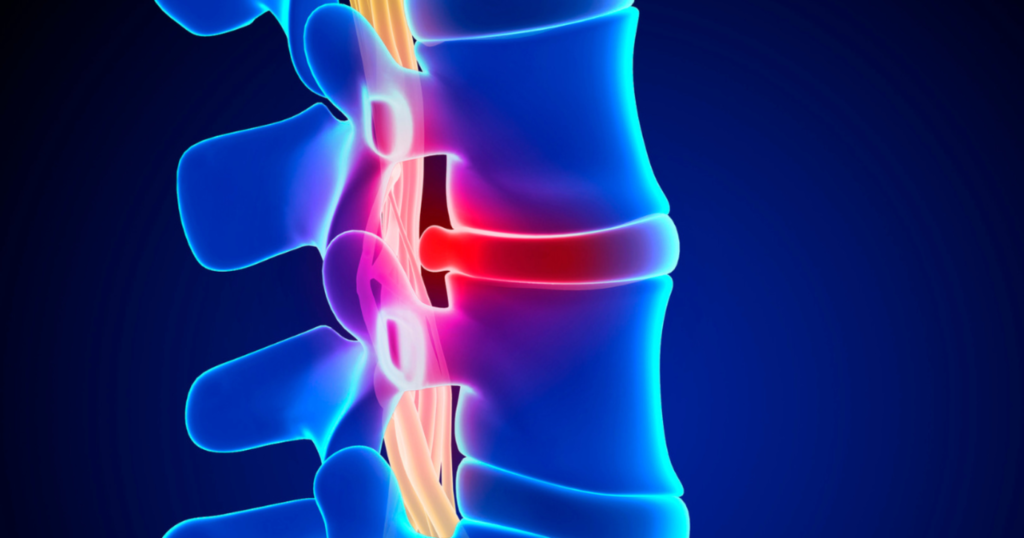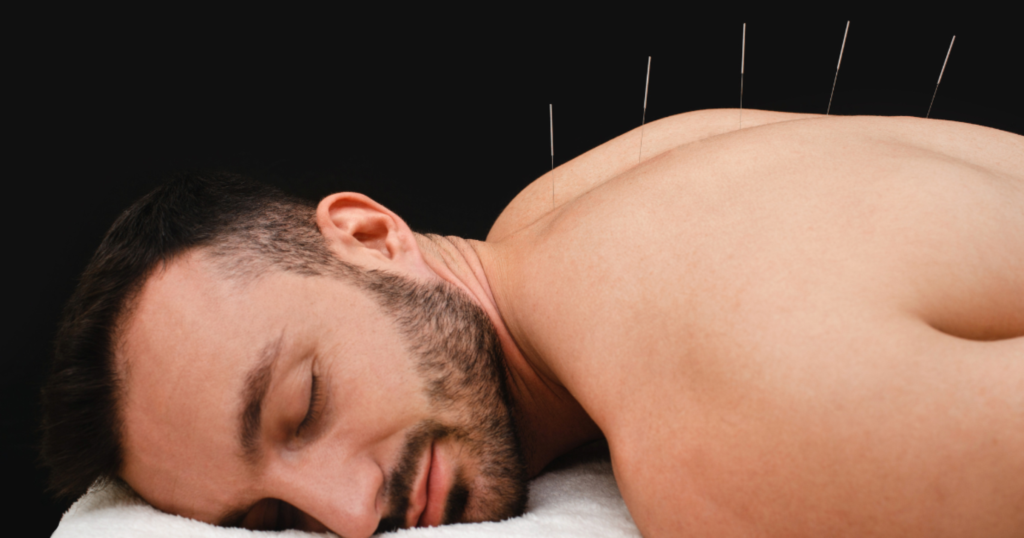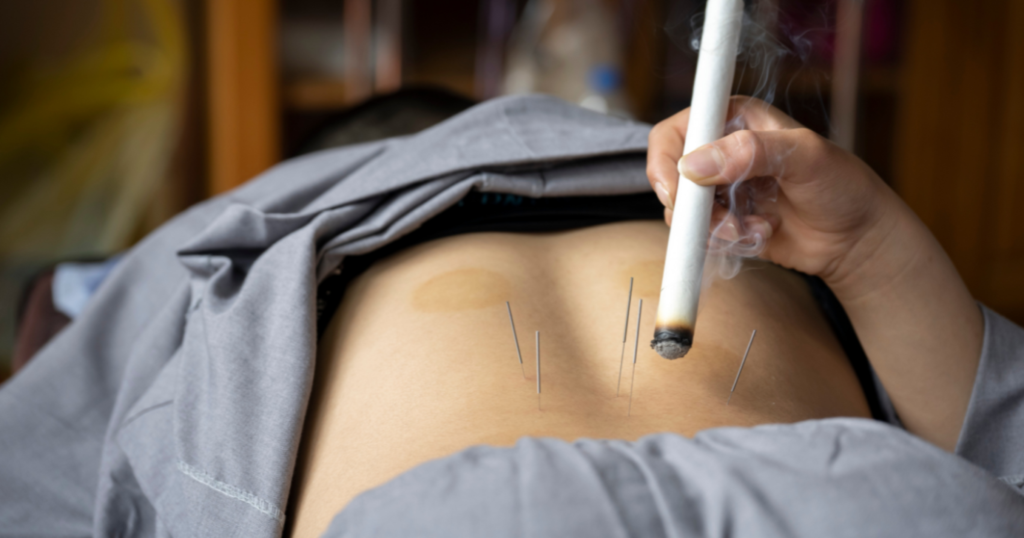Acupuncture for Slipped Disc: A Holistic Path to Healing
A slipped disc, also known as a herniated or bulging disc, is a condition that can disrupt daily life with debilitating pain, numbness, tingling, and muscle weakness. It occurs when the soft inner core of an intervertebral disc pushes through its outer layer, often compressing nearby nerves. This condition is surprisingly common, affecting millions of people annually, particularly those between the ages of 30 and 50.
While conventional treatments like medication, physical therapy, or surgery are widely used, many individuals seek non-invasive alternatives that address both the physical and emotional toll of this condition. Acupuncture—a cornerstone of Traditional Chinese Medicine (TCM)—offers a holistic approach to managing slipped disc symptoms. By focusing on restoring balance within the body and promoting natural healing, acupuncture provides hope and relief to those seeking sustainable solutions for their spinal health.
Acupuncture for Slipped Disc: A Holistic Path to Healing
A slipped disc, also known as a herniated or bulging disc, is a condition that can disrupt daily life with debilitating pain, numbness, tingling, and muscle weakness. It occurs when the soft inner core of an intervertebral disc pushes through its outer layer, often compressing nearby nerves. This condition is surprisingly common, affecting millions of people annually, particularly those between the ages of 30 and 50.
While conventional treatments like medication, physical therapy, or surgery are widely used, many individuals seek non-invasive alternatives that address both the physical and emotional toll of this condition. Acupuncture—a cornerstone of Traditional Chinese Medicine (TCM)—offers a holistic approach to managing slipped disc symptoms. By focusing on restoring balance within the body and promoting natural healing, acupuncture provides hope and relief to those seeking sustainable solutions for their spinal health.
Key Takeaways
- Acupuncture offers a non-invasive, holistic treatment for slipped discs, targeting pain, inflammation, and muscle tension while promoting natural healing and spinal health.
- Key acupuncture points along the Bladder and Gallbladder meridians help relieve back pain, reduce nerve compression, and improve blood circulation to support recovery from slipped discs.
- By enhancing circulation and stimulating endorphin release, acupuncture provides long-term pain relief and functional improvement, offering an alternative to medications and invasive procedures.
- By stimulating specific points, acupuncture targets the root causes of slipped disc symptoms, such as nerve compression and muscle imbalances, promoting healing, reducing pain, and supporting overall spinal health in a sustainable way.
- Complementing acupuncture with herbal remedies, moxibustion, and lifestyle adjustments helps enhance healing, improve mobility, and reduce the risk of future spine-related issues.
Understanding Slipped Disc
What is a Slipped Disc?
Intervertebral discs act as cushions between the vertebrae in our spine, providing flexibility and shock absorption. Each disc consists of a tough outer layer (annulus fibrosus) and a gel-like inner core (nucleus pulposus). A slipped disc occurs when the inner core protrudes through cracks in the outer layer, often due to aging, injury, or strain.
There are three main types of herniation:
- Cervical herniation: Occurs in the neck region.
- Thoracic herniation: Rare but affects the mid-back area.
- Lumbar herniation: The most common type, affecting the lower back.
Symptoms of Slipped Disc
The symptoms vary depending on the location and severity of the herniation:
- Pain localized in the neck or lower back.
- Radiating pain down arms (cervical) or legs (lumbar), often referred to as sciatica.
- Numbness or tingling in extremities.
- Muscle weakness that may impair walking or gripping objects.
Risk Factors
Certain factors increase susceptibility to slipped discs:
- Age: Degenerative changes in spinal discs typically begin after age 30.
- Lifestyle: Sedentary habits and repetitive strain on the spine.
- Genetics: Family history of spinal conditions.
- Obesity: Excess weight places additional pressure on spinal discs.
How Acupuncture Helps with Slipped Disc
Acupuncture works by stimulating specific points on the body to activate natural healing processes. For slipped discs, its benefits extend beyond pain relief:
Endorphin Release
Acupuncture triggers the release of endorphins, the body’s natural painkillers, which help to alleviate the intense discomfort associated with slipped discs. By modulating pain signals in the nervous system, it provides relief without the side effects of medications. This effect not only reduces acute pain but also helps patients better manage chronic symptoms over time.
Inflammation Reduction
Inflammation around the affected disc and surrounding nerves is a primary cause of pain and mobility issues. Acupuncture targets these inflamed areas, promoting the release of anti-inflammatory mediators and reducing swelling. This localized reduction in inflammation can relieve nerve compression, addressing both pain and tingling sensations.
Improved Circulation
Enhanced blood flow is critical for tissue repair and recovery. Acupuncture improves microcirculation around the herniated disc, delivering oxygen and nutrients to damaged tissues while removing metabolic waste. This process accelerates healing and reduces the pressure exerted on nearby nerves.
Muscle Relaxation
Muscle tension often exacerbates slipped disc symptoms by increasing strain on the spine. Acupuncture relaxes surrounding muscles by stimulating motor points, relieving spasms and stiffness. This relaxation not only eases pain but also restores proper spinal alignment, reducing the risk of further complications.
Key Acupuncture Points for Relief
When treating slipped discs, acupuncturists often focus on specific meridians and points that support spinal health and pain relief. Here are some of the key points commonly used:
Bladder Meridian
This meridian runs along the spine and is crucial for addressing back pain. Key points include:
- Shenshu (BL23): Supports kidney function and lower back health.
- Qihaishu (BL24): Relieves lumbar pain and tension.
- Dachangshu (BL25): Targets lower back pain and sciatica.
- Guanyuanshu (BL26): Helps with sacral and lower back issues.
- Weizhong (BL40): Known for relieving pain in the lower back and legs.
Gallbladder Meridian
Points along this meridian help with pain relief and muscle relaxation:
- Huantiao (GB30): Effective for sciatica and lower back pain.
- Fengshi (GB31): Relieves pain and tension in the lower limbs.
Other Points
Additional points may be used based on individual symptoms:
- CV6 (Qihai): Located below the navel, it supports lower abdominal and back health.
- CV9 (Shuifen): Used in abdominal acupuncture protocols for lumbar disc herniation.
- Yintang (MHN3): Known as the “third eye point,” it helps with stress and overall well-being.
These points are selected based on the specific location and severity of the slipped disc, as well as the patient’s overall health and TCM diagnosis.
Scientific Evidence Supporting Acupuncture
Recent studies have highlighted acupuncture’s effectiveness in treating lumbar disc herniation. A multicenter cohort study demonstrated significant improvements in lumbar functionality and reduced muscle fat infiltration among patients receiving acupuncture compared to those undergoing rehabilitation therapy. The study also revealed that acupuncture enhanced pain relief and functional scores over time, with superior results observed three months post-treatment compared to conventional rehabilitation methods.
Further evidence comes from systematic reviews and meta-analyses, which show that acupuncture outperforms treatments like lumbar traction and medications such as ibuprofen and diclofenac sodium in terms of pain reduction and functional improvement. Case reports also suggest structural benefits, such as reduced inflammation and nerve root repositioning visible on MRI scans, emphasizing acupuncture’s potential to address both symptoms and underlying spinal health issues.
Benefits of Acupuncture for Slipped Disc Patients
Acupuncture offers unique advantages over conventional treatments:
- Non-Invasive Approach: Acupuncture avoids the risks associated with surgery or long-term use of medications. Thin, sterile needles are used to stimulate healing without causing trauma to the body, making it a safe alternative for patients seeking natural solutions.
- Long-Term Relief: By targeting the root causes of pain, such as inflammation and nerve compression, acupuncture provides sustainable relief. Studies have shown its ability to reduce chronic pain over extended periods, offering lasting benefits compared to temporary fixes like painkillers.
- Improved Mobility: Slipped discs often limit flexibility and physical functionality. Acupuncture relaxes tense muscles and improves blood circulation, helping patients regain their range of motion and strength in affected areas.
- Holistic Healing: Acupuncture balances energy flow (Qi) throughout the body, addressing underlying imbalances that may contribute to spinal issues. It also reduces stress and promotes emotional well-being, which is essential for managing chronic pain effectively.
Complementary Therapies in TCM
Traditional Chinese Medicine (TCM) offers a range of complementary therapies that work synergistically to address the root causes of pain and promote overall well-being. These therapies are particularly effective when integrated with acupuncture for conditions like slipped discs, as they enhance circulation, reduce inflammation, and restore balance to the body.
Moxibustion
Moxibustion involves burning dried mugwort (moxa) near specific acupuncture points or affected areas. The gentle heat generated by moxibustion penetrates deeply into tissues, improving blood circulation and alleviating pain. It is particularly beneficial for cold or stagnant conditions, helping to warm the meridians and promote healing in areas affected by a slipped disc.
Infrared Heat Therapy
Infrared heat therapy uses light waves to penetrate deep into muscles and tissues, reducing inflammation and promoting relaxation. This modern adaptation of TCM principles works well alongside acupuncture to target deeper layers of tissue, offering relief from chronic back pain and stiffness.
Herbal Medicine
Chinese herbal medicine is a cornerstone of TCM, utilizing custom blends of herbs tailored to an individual’s specific condition. For slipped discs, herbs that reduce inflammation, improve circulation, and strengthen connective tissue are often prescribed. These formulas may come in the form of teas, capsules, or tinctures and are designed to complement other therapies like acupuncture.
Massage (Tui Na)
Tui Na is a therapeutic form of Chinese massage that focuses on manipulating soft tissues and aligning the musculoskeletal system. By targeting areas around the spine and lower back, Tui Na helps relieve muscle tension, improve mobility, and support spinal health. It is particularly effective for managing pain caused by nerve compression in slipped discs.
Tai Chi and Qi Gong
Tai Chi and Qi Gong are mind-body practices that combine slow movements with controlled breathing and meditation. These exercises enhance flexibility, strengthen core muscles, and improve posture—all critical for preventing further strain on the spine. Regular practice also promotes the smooth flow of Qi (energy) throughout the body, supporting long-term recovery from slipped disc symptoms.
Complementary Lifestyle Adjustments
Acupuncture’s benefits are amplified when paired with healthy lifestyle changes:
Dietary Recommendations
Nutrient-rich foods support nerve health:
- Omega-3 fatty acids (salmon, walnuts).
- Vitamin B6/B12 (leafy greens, eggs).
- Magnesium (almonds, spinach).
Exercise and Movement
Low-impact activities strengthen core muscles without straining the spine:
- Swimming improves flexibility while reducing pressure on joints.
- Yoga enhances posture and spinal alignment.
Posture Correction
Ergonomic adjustments at work or home prevent further strain:
- Invest in supportive chairs or standing desks.
- Practice mindful sitting/standing habits.
Why Acupuncture is the Best Holistic Treatment for Slipped Disc Pain
Living with a slipped disc can feel overwhelming, but acupuncture offers a path toward relief that is both compassionate and effective. By addressing pain at its source while promoting overall well-being, this ancient practice provides hope for those seeking alternatives to invasive procedures or medication dependency.
At ACA Acupuncture & Wellness, we are committed to helping you rediscover comfort and mobility through personalized care rooted in Traditional Chinese Medicine. Together, we can create a treatment plan tailored to your needs—because your health is our priority!
Source:
Yan, L., Zhang, J., Wang, X., Zhou, Q., Wen, J., Zhao, H., Guo, K., & Zeng, J. (2024). Efficacy of acupuncture for lumbar disc herniation: changes in paravertebral muscle and fat infiltration – a multicenter retrospective cohort study. Frontiers in Endocrinology, 15. https://doi.org/10.3389/fendo.2024.1467769
Liu, Q., Zhang, H., Lin, F., Chen, L., & Wang, Z. (2023). Acupuncture treatment for lumbar disc herniation with scoliosis: A case report. Medicine, 102(52), e36684. https://doi.org/10.1097/md.0000000000036684
Frequently Asked Questions
Can cupping completely remove cellulite?
Acupuncture can effectively treat slipped discs by addressing pain, inflammation, and muscle tension. Studies have shown that it improves paraspinal muscle function and reduces muscle fat infiltration, leading to better long-term outcomes compared to conventional rehabilitation therapies. Acupuncture offers a holistic approach to managing slipped disc symptoms without the risks associated with surgery or medication side effects.
What is the best treatment for slipped discs?
The best treatment for slipped discs often involves a combination of therapies tailored to the individual’s condition. Acupuncture is recognized for its effectiveness in pain relief and functional improvement, outperforming treatments like lumbar traction and certain medications. A comprehensive approach may include acupuncture, physical therapy, lifestyle adjustments, and Traditional Chinese Medicine (TCM) practices like moxibustion and herbal remedies.
How many acupuncture sessions for herniated disc?
The number of acupuncture sessions needed for a herniated disc varies based on the severity of symptoms and individual response to treatment. Typically, patients undergo weekly sessions over several months, with noticeable improvements often observed within the first few weeks. Regular follow-ups help maintain progress and adjust the treatment plan as needed to ensure optimal results.
What is the Chinese medicine for slipped disc?
In Traditional Chinese Medicine (TCM), slipped discs are often treated with a combination of acupuncture, herbal medicine, and other therapies. Herbs like Du Zhong (Eucommia ulmoides) and Sang Ji Sheng (Taxillus chinensis) are used to strengthen the back and relieve pain. TCM emphasizes restoring balance to the body’s energy (Qi) and addressing underlying imbalances that may contribute to spinal issues.
What not to do with a slipped disc?
When dealing with a slipped disc, it’s important to avoid activities that exacerbate symptoms, such as heavy lifting, bending, or twisting. Patients should also avoid prolonged sitting or standing, as these can increase strain on the spine. Additionally, maintaining a healthy weight and avoiding smoking can help reduce pressure on spinal discs and promote healing.
Is it OK to massage a slipped disc?
Yes, it is generally okay to massage a slipped disc, but it must be done carefully and by a trained professional. Massage therapy can help reduce muscle tension, improve circulation, and alleviate pain caused by the surrounding muscles and tissues. However, excessive pressure or improper techniques can worsen the condition, so it’s essential to consult a healthcare provider before starting massage therapy.
Contact ACA Acupuncture & Wellness
Get in Touch
Newsletter Sign Up
LOCATIONS
MANHATTAN
QUEENS
NEW JERSEY
CALIFORNIA

ACA Franchise Opportunities
The over $4 billion US acupuncture market offers a great opportunity with over 10% annual growth rates and a continuing flow of new patients interested in the benefits of acupuncture.







